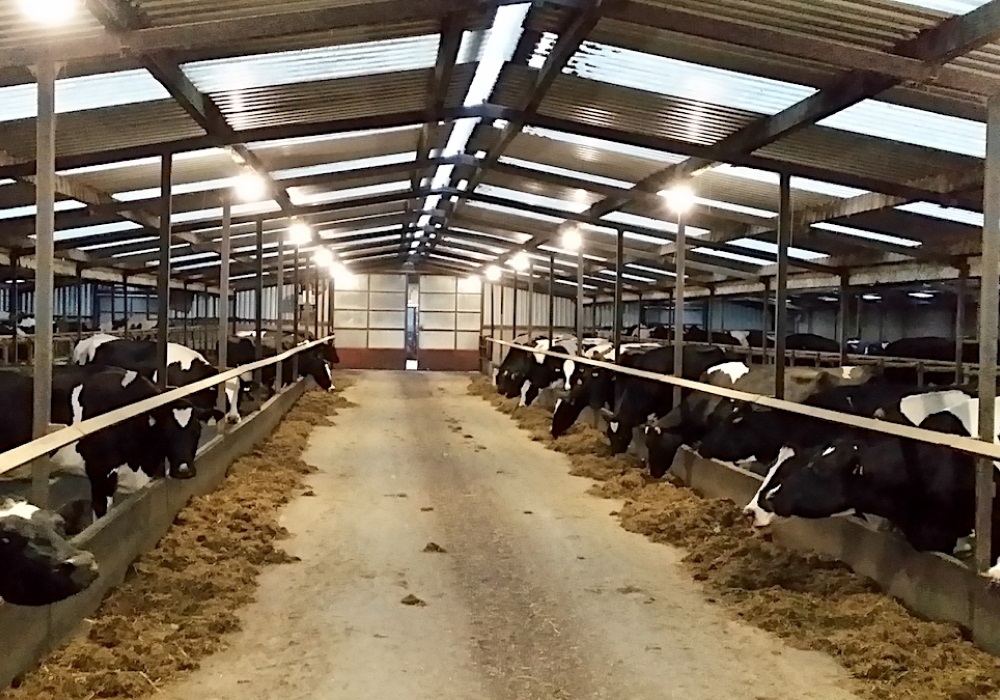
Fully Qualified Builder

3-6 Weeks of Delivery Time

Fully Customisable Roof

Guaranteed All Parts Delivered Undamaged
Farm Sheds
Support Your Agricultural Goals With Leading Dairy Sheds
When your farm is your livelihood, you need to ensure you partner with a shed builder who can tailor a bespoke solution to meet your needs.
At Shed Barn, our robust and efficient dairy sheds enhance productivity, ensuring cattle comfort and easy farm operations. Designed to combat harsh Australian conditions, these sheds are flexible, catering to different herd sizes and unique farm layouts.
With a Lysaght 20-year warranty, our products are built using only 100% Australian-made steel, ensuring strength and longevity. With 22 colour options and custom pitched roofing, you can choose the size, style, and features that best fit your requirements.
We also provide free access to 3D shed builder and professional installation services to ensure a seamless experience. To learn more, speak to a shed specialist and get your obligation-free quote today!
What Are the Best Types of Dairy Sheds?
The ideal dairy shed will be based on the your specific needs, herd size, and local climate, but some of the most popular and effective options include:
Herringbone Dairy Sheds
These are the most common type, allowing easy access to cows and efficient milking processes.
Rotary Dairy Sheds
Ideal for larger herds, they allow continuous milking, maximising productivity.
Swing-Over Milking Sheds
They provide cost-effective solutions for medium-sized herds, with one milking unit servicing two stalls.
Automated Milking Sheds
Incorporating modern technology for automated milking systems, they increase efficiency and reduce labour costs.
Loafing Sheds
These provide shelter and rest areas for cattle, promoting their well-being, which is essential for high-quality milk production.
Looking for more premium farm shed options?

How Much Do Dairy Sheds Cost?
The cost of a dairy shed can vary widely based on factors such as shed size, design, material quality, additional features (like automated milking systems), and the cost of construction labour in your area.For a rough estimate, smaller basic herringbone options could start from around $80,000. Larger, more complex setups such as rotary options or those incorporating automated milking systems can cost several hundreds of thousands of dollars, potentially – making it crucial you find a custom shed builder who can meet your commercial and industrial needs at a price that works for you.
Dairy Shed Benefits
| ✔ Custom Pitched Roofing
They can be adjusted to suit any requirements, especially if you want the roof to match your existing building. |
✔ Improved Animal Welfare
They provide shelter from the harsh Australian weather, improving cow comfort, health, and consequently, productivity. |
✔ Flexibility
They can be customised to accommodate different herd sizes and farm layouts, providing a scalable solution for farmers. |
| ✔ Australian Made Steel
All our products are designed to withstand the harsh Australian climate. With a durable, weather-resistant Australian steel you can trust your shed to stand up to heavy use over time. |
✔ Enhanced Milk Quality
They ensure cow comfort and health can enhance milk quality, which can directly impact a farmer’s bottom line. |
✔ Sustainable Practices
Many options are designed with sustainability in mind, from waste management to energy efficiency, aligning with contemporary environmental responsibilities. |














